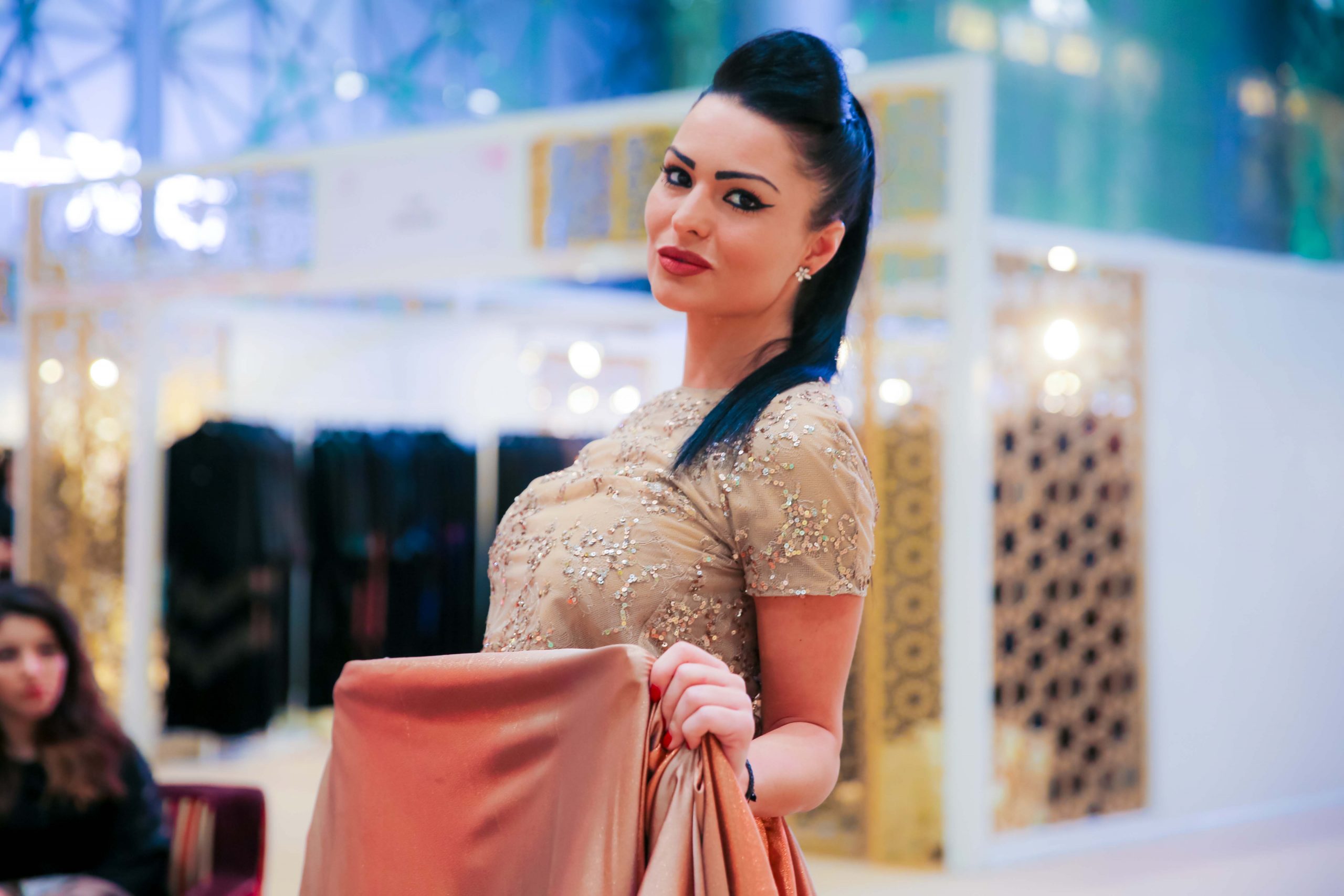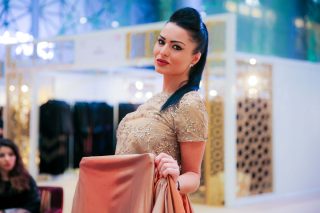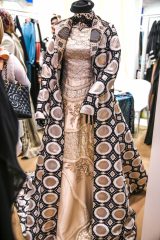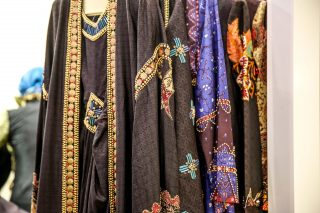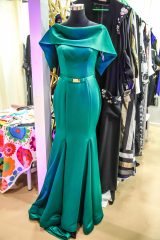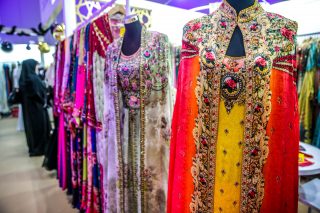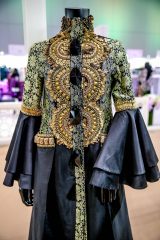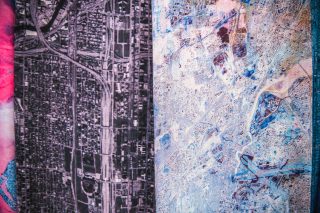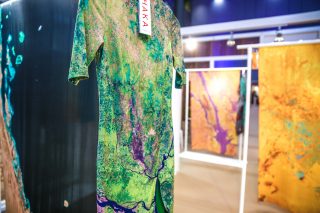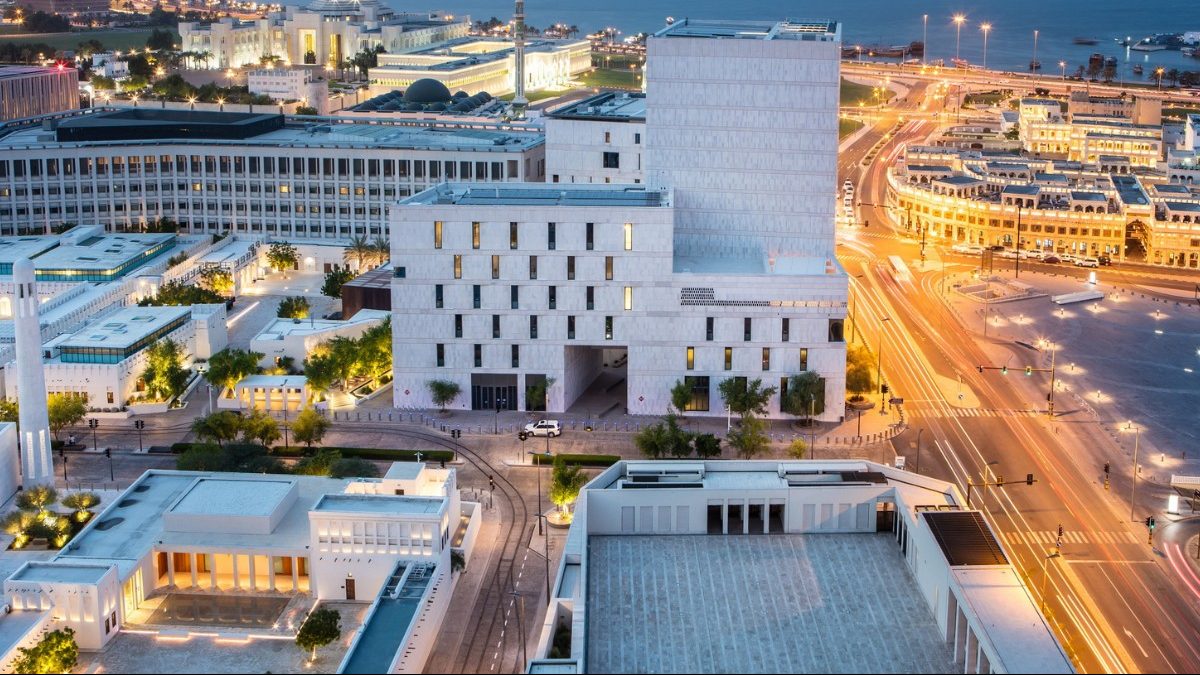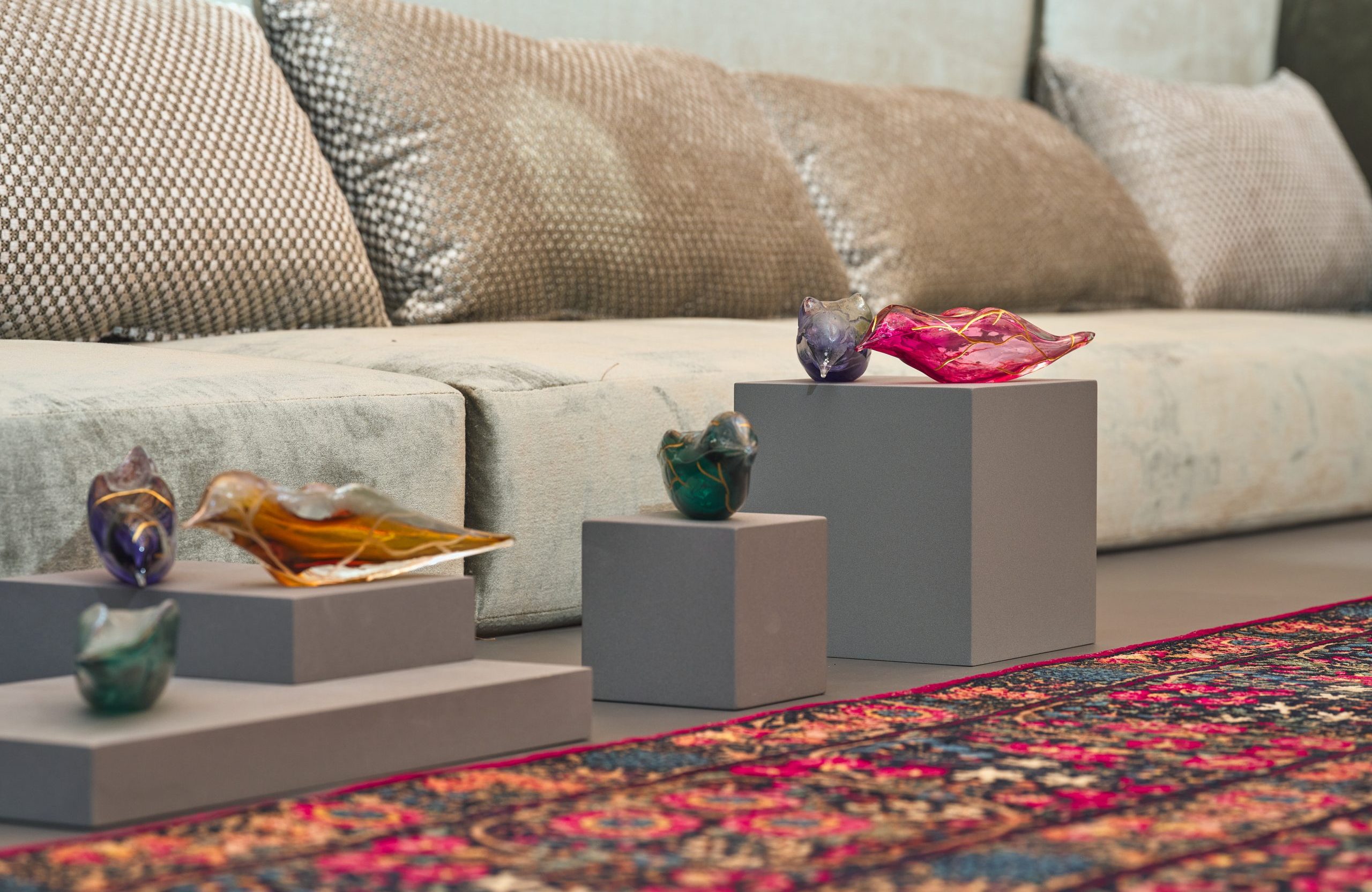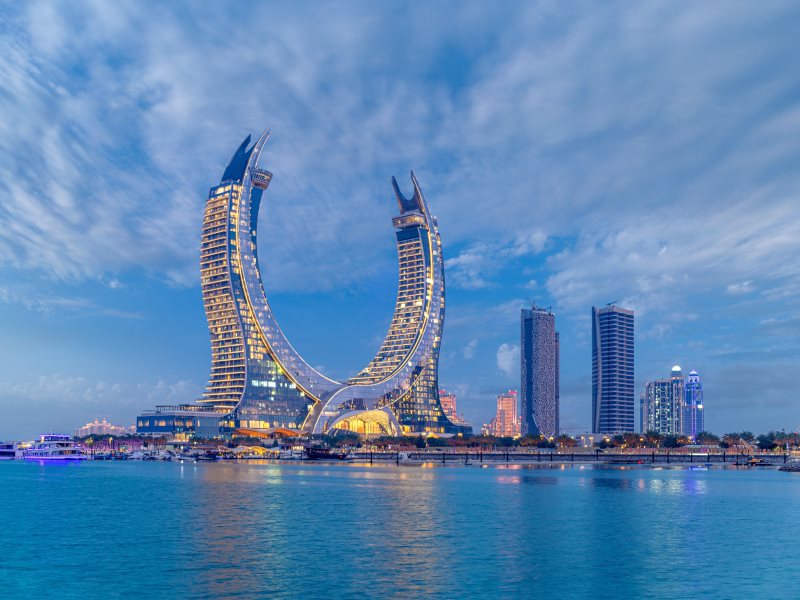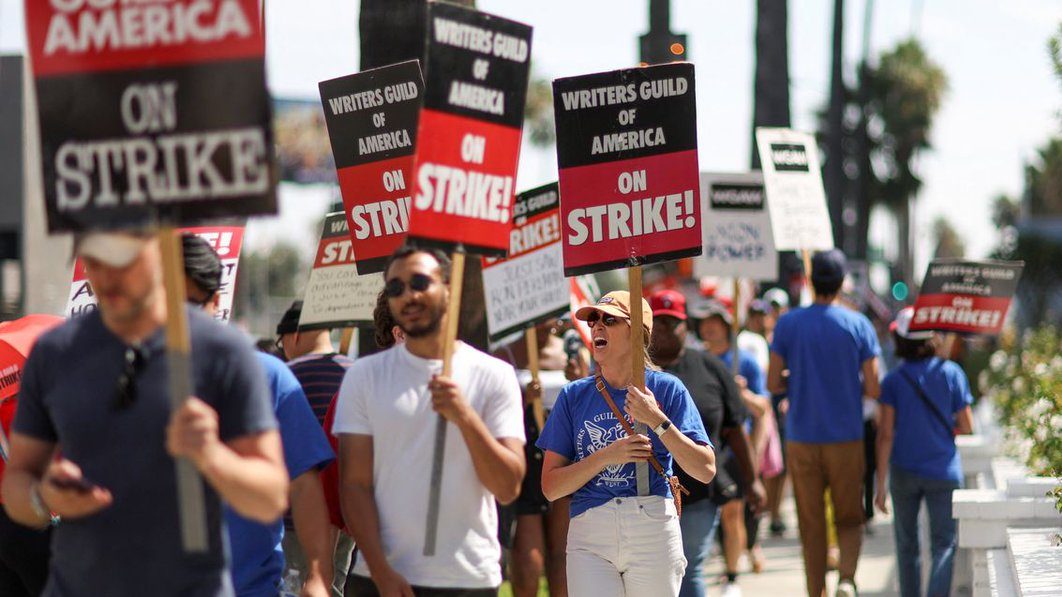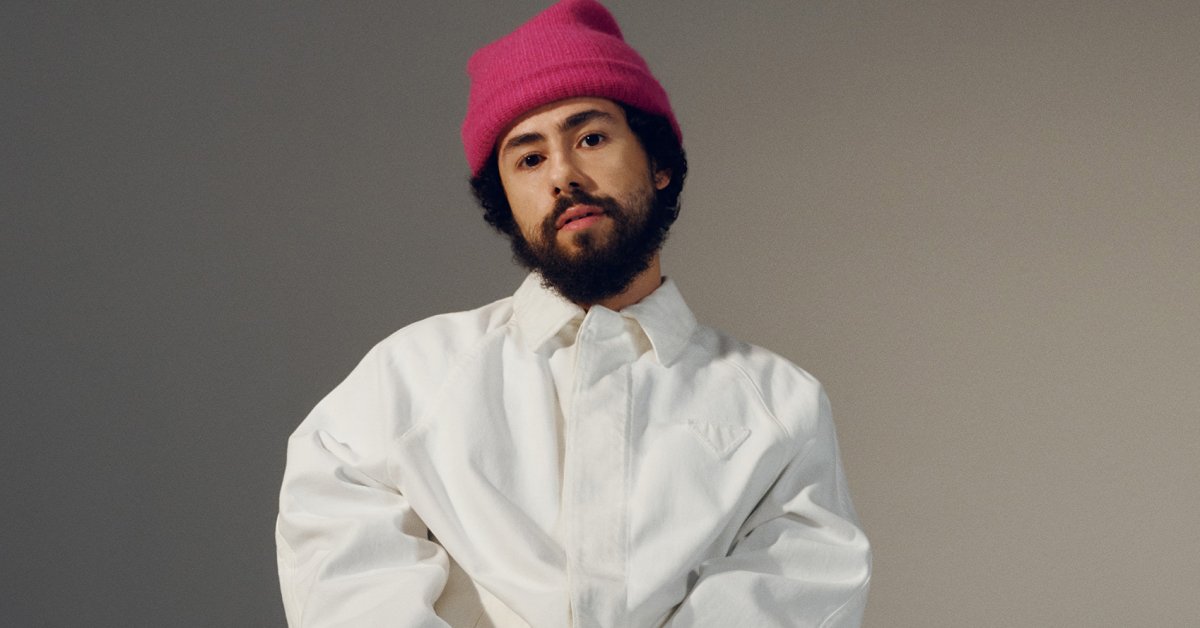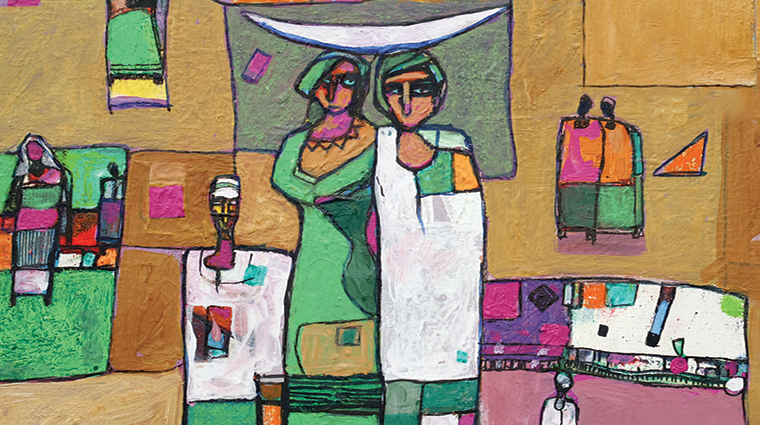For the first time, collections from Indonesia, the US and other countries outside of the region took center stage at the eighth Heya Arabian Fashion Exhibition in Doha.
The weeklong event, which runs through Nov. 18, is being hosted at the new Doha Exhibition and Convention Center (DECC) next to City Center mall, and is open to women only.

During the last iteration of the show in June, some 337 regional fashion brands – exclusively from the region – were featured, with a third hailing from Qatar, and others from the UAE, Saudi Arabia, Bahrain, Kuwait and Oman.
This edition of the exhibition is expected to draw some 15,000 local and regional women looking to score unique designs for everyday use, bridal events and family gatherings.
In addition to shopping opportunities, there are also daily fashion shows, a lecture series and food on sale.
Indonesia pavilion
The inclusion of international designers includes a new Indonesian pavilion that features six upcoming and established designers.
Their collections highlight traditional Indonesian materials like songket, an intricately patterned hand-woven silk or cotton fabric with metallic threads, and batik, an Indonesian dyeing technique tailored to suit Islamic modesty.
Speaking to Doha News, Najwa Abdullah, the international PR representative for Indonesian brand Dian Pelangi, said:
“The exhibition has been very beneficial to us so far because we’ve been able to make direct contact with Qatari consumers and were able to get a lot of feedback, in terms of what women are looking for.
In Asia, for example, women are smaller. Here, we need to cater to a different body type. Women here also seem to prefer dark colors, slimmer silhouettes and less beading.”

For others, like Winda Eva Herdiana, a co-founder of the brand Jasmine, the exhibition has been an opportunity to test out new styles of Islamic wear in a different market.
“This is the first time for us to try casual Islamic wear in materials like jerseys, and so it’s good to get market research done here. We’re learning to (refine) our designs for this marketplace.
It’s also interesting for us to view local designs – how the simple black abaya can be so versatile and come in so many varied designs,” Herdiana said.
The pavilion, supported by the Indonesian government, has proven to be a popular one.
When Doha News visited yesterday, hundreds of Southeast Asian women could be seen browsing the six stalls at the pavilion, and chatting with the vendors.
However, according to Herdiana, business has so far been slow.
“People aren’t really buying, but as long as we get out products out, that’s good. Customers here seem to be big fans of the bling, but our inspirations are simple and classic looks,” she said.
Fashion for good
Meanwhile, other show participants, including American-Iranian designer Azin Valy, have been working to raise awareness of charitable causes.
Valy’s brand, Cityzen by Azin, draws on her background as a New York architect, and features clothes, dresses and scarves with topographical maps of cities.

Cities are chosen for their affiliation with global crises and issues, and a portion of the profits from each sale go toward charities associated with the relevant issues in each city.
Speaking to Doha News, Valy said:
“This started because (years ago), I was looking at aerial footage of cities with high foreclosure rates, after the housing crisis hit. And I found them to be beautiful, and wanted to find a way to showcase cities and raise awareness of what challenges the people on the ground face.
The idea then came up to create clothes based on topography, where the terrain defines the garment. For example, a mountain becomes a neckline, a river meanders around the curves of the body or becomes the slit in a dress,” Valy said.
Her collections, which range from US$180 to $4,000, focus on vibrantly colored and contrasted maps of cities, including a large navy blue scarf dedicated to Doha.

For her, the exhibition is not so much about fashion and glamour as it is about celebrating human connection and raising awareness of international issues.
“What’s closest to my heart is building bridges between nations, and promoting dialogue, and you can achieve that through the culture or the arts.
Every piece of clothing comes with a little packet of information about the cultural aspects of the city mentioned. We try to educate the consumer and give them a little glimpse of what life would be if they were inhabitants of the city,” Valy added.
Valy, who was invited to showcase her works after dressing Iranian artist Shirin Neshat during her debut exhibition at Mathaf, also championed the exhibition as a celebration of female empowerment.
The continued success of the event, she said, was a testament to the willpower of local women behind the small and medium enterprises at Heya.

Other international brands on display at various stalls and on the event’s daily runway include Lucia Russo Urban Couture from Milan, and Edor Creations from Paris.
The venue also features over 300 bespoke vendors focused exclusively on Arab fashion, with collections spanning a wide range of garments from abayas and kaftans, to veils, jalabiyas and shaylas.
The exhibition is free and open to female visitors from 1 to 11pm daily and closes on Wednesday.
Thoughts?

